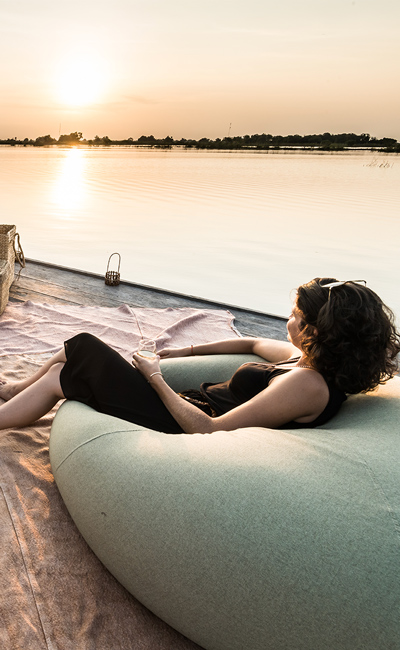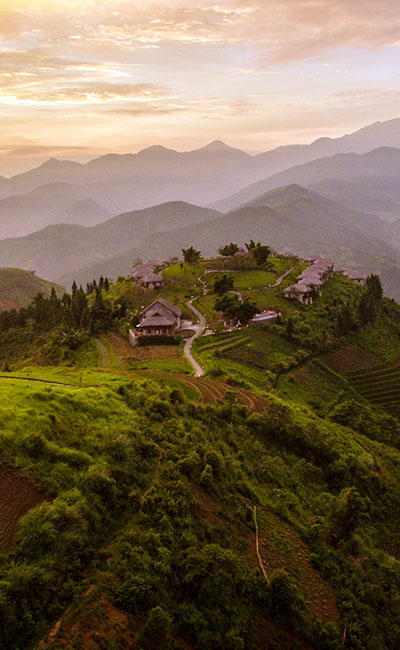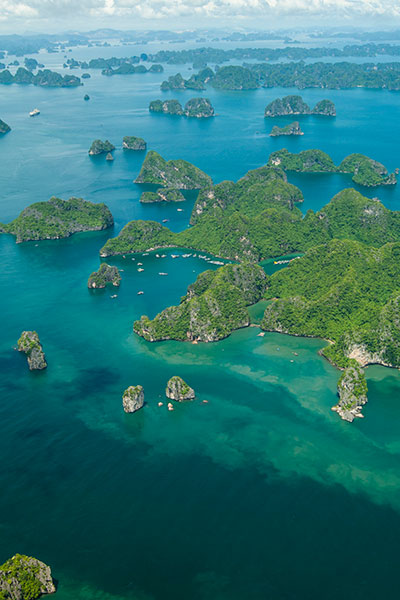Southeast Asia is home to over 350 ethnic groups, accounting for over 200 million people in the region. These communities have unique cultures, languages, and traditions and have played an essential role in shaping the history of this unique and diverse part of the world.
Ethnic groups in Southeast Asia have faced challenges throughout history, including discrimination, persecution, and assimilation. However, they have also shown resilience and perseverance in maintaining their unique identities and cultures and continue to play an essential role in the development of Southeast Asia, where their contributions are increasingly valued and respected.
Today, many ethnic groups face the challenge of finding a sustainable source of income within their villages. Unable to do so, young people are moving to the city, often reluctantly, to make ends meet and support their families.
In some cases, tourism has managed to reverse this trend, allowing communities to resist the unwanted pressure of modern outside influences. However, like many things, tourism can be a double-edged sword for these communities. When seeking out such travel experiences, travelers need support in understanding the challenges ethnic groups are faced with and how they, as responsible explorers, can best contribute to their communities.
Managing Expectations

Talk of ethnic groups usually evokes images of people in rural areas wearing traditional clothing. While this is true in some parts of the world – and even Southeast Asia – the truth is that nowadays, ethnic groups have adopted modern clothing and wear their traditional outfits for holidays and celebrations.
This is an important point to keep in mind and a crucial one when promoting and discussing travel experiences that involve ethnic groups. Curiosity is at the heart of what drives travel but also shapes it. While the media feeds this curiosity, making sure it doesn’t distort the reality on the ground is the responsibility of travel professionals such as ourselves.
Genuine experiences with ethnic groups are about sharing a moment, learning from each other, and for both parties to walk away transformed and enriched.
Take a look at our community-based experience developed with the Akha Community |
The importance of community-based experiences

Community-based activities are key to ensuring travelers’ experiences abroad are both enriching and ethical. Their involvement will also have a lasting positive effect on the community they visit and the people they will meet, interact, and connect with.
People-to-people experiences are something we hold dear to our hearts at Easia Active. In selecting activities or developing new ones, we are always mindful of how they will benefit local communities, improve lives, and contribute to a brighter tomorrow.
Above all else, it is a way to live a destination differently and leave a positive footprint. When talking about ethnic groups, it is often one of the few ways for them to preserve their culture and way of life and guarantee they have a say in their community’s future.
Respectful encounters: dos and don’ts

We encourage travelers to connect with locals every step of their journey and, when possible, to meet and learn from ethnic groups. Here are just a few basic rules to ensure the experience is positive for everyone.
Listen to your guide
Guides are there for a reason, and one of them is to help bridge the gap between cultures and avoid misunderstandings.
Don’t take photographs without permission
It is essential to be sensitive to people’s personal space and lives. When photographing people, first ensure they are okay with it. As a rule, we generally discourage people from taking photographs of children to protect their well-being.
Don’t feel any pressure
It is pretty standard during visits and activities that locals will try to sell goods they have made. This is one of the ways they can make a living, but there is no need to feel any pressure to buy anything, and it is okay to decline politely.
Dress appropriately
It’s essential to be mindful of local sensibilities and aware that locals may be more conservative in remote areas than expected.
Over the next few weeks, we will share a series of posts about the different ethnic groups your guests may encounter while traveling with us. Don’t forget to follow our social media accounts, and if you haven’t already, sign up for our newsletter so that you don’t miss out on the dedicated brochure we will release towards the end of this series.
















 English
English
 French
French
 German
German
 Italian
Italian
 Spanish
Spanish

